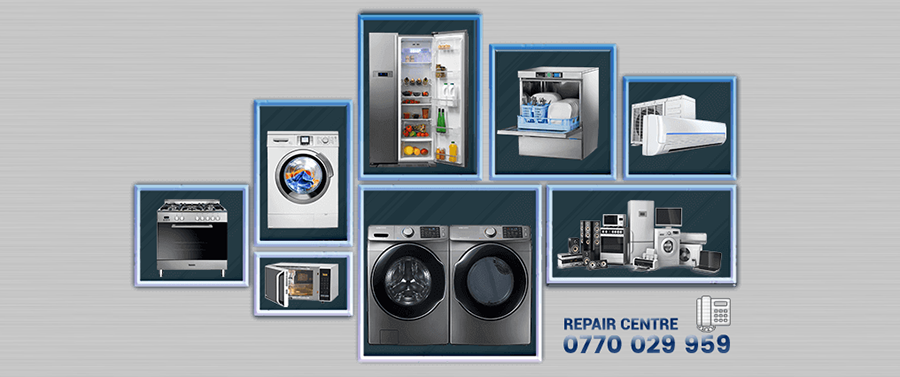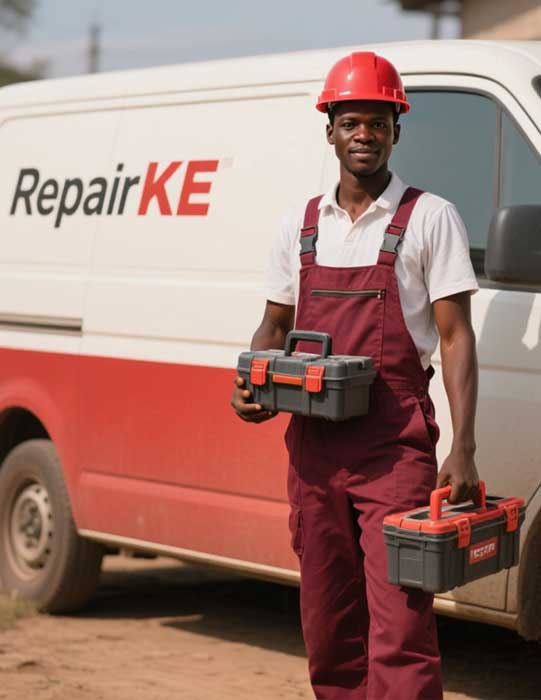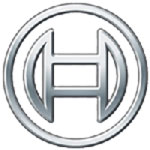
Fixing Top Load Washing Machines for All Common Problems and Faults
By RepairKE
Top load washing machines remain popular in many households due to their ease of use, affordability, and efficient cleaning performance. However, like all appliances, they experience wear and tear over time, leading to various mechanical and electrical problems. Understanding common faults and their solutions can help you decide whether to attempt simple repairs yourself or call a professional technician. This comprehensive guide explores the most frequent top load washing machine issues and provides practical solutions to get your appliance back in working order.
Water Not Filling or Filling Slowly
One of the most common problems with top load washing machines is water not entering the drum or filling too slowly. This issue typically stems from clogged inlet valves, kinked water hoses, or low water pressure in your home. The inlet valve screens can accumulate sediment and mineral deposits over time, restricting water flow.
To fix this problem, first turn off the water supply and disconnect the inlet hoses from the back of the machine. Check the small mesh screens inside the inlet ports for debris or mineral buildup. Clean these screens carefully with an old toothbrush and vinegar solution. If the screens are severely clogged or damaged, replace them with new ones available at appliance parts stores. Also inspect the water hoses for kinks or blockages that might restrict flow.
If cleaning doesn't resolve the issue, the inlet valve itself may be faulty and require replacement. This is a moderately difficult repair that involves accessing the back panel of the machine and disconnecting electrical connectors. If you're uncomfortable with electrical work, it's best to contact a professional appliance repair technician.
Washing Machine Won't Drain
A washing machine that won't drain leaves you with a drum full of dirty water and soaking wet clothes. This frustrating problem usually results from a clogged drain pump, blocked drain hose, or a faulty pump motor. Small items like coins, buttons, or lint can obstruct the pump, preventing proper drainage.
Start troubleshooting by checking the drain hose for kinks or blockages. Disconnect the hose and flush it with water to clear any obstructions. Next, locate the drain pump filter, typically found behind a small access panel at the front bottom of the machine. Place towels around the area as water will spill out when you open it. Remove the filter and clean out any debris, lint, or foreign objects.
If the pump is clear but still not working, you may need to test the pump motor with a multimeter to check for electrical continuity. A faulty pump motor requires replacement, which involves accessing the machine's interior and disconnecting water hoses and electrical connections. This repair is best left to experienced technicians who have the proper tools and knowledge.
Excessive Vibration and Noise During Spin Cycle
Loud banging noises and excessive vibration during the spin cycle are common complaints with top load washers. These symptoms often indicate an unbalanced load, but can also point to more serious mechanical issues like worn shock absorbers, damaged suspension springs, or a faulty drive belt.
First, ensure the washing machine is level on the floor. Use a spirit level to check, and adjust the leveling feet as needed. An unlevel machine will vibrate excessively regardless of load distribution. Also check that you're not overloading the drum or washing heavy items like blankets without proper load distribution.
If leveling doesn't help, inspect the shock absorbers and suspension springs. These components absorb vibration during the spin cycle and wear out over time. Replacing worn shock absorbers requires lifting the cabinet and accessing the internal components. The suspension springs, located at the top corners of the drum, can break or lose tension, causing the drum to move excessively during spinning. Replacing these parts requires mechanical skill and proper safety precautions.
Washing Machine Won't Spin
When your top load washer completes the wash cycle but won't spin to remove water from clothes, several components could be at fault. The most common culprits include a broken drive belt, faulty lid switch, worn clutch assembly, or motor coupling issues.
The lid switch is a safety feature that prevents the machine from spinning when the lid is open. If this switch fails, the machine won't spin even with the lid closed. Test the switch by pressing it manually while the machine attempts to spin. If you hear no click or the machine still doesn't spin, the switch needs replacement. This is a relatively simple repair involving removing the control panel and disconnecting two wire connectors.
The drive belt connects the motor to the drum and can stretch, crack, or break over time. If you hear the motor running but the drum doesn't spin, inspect the belt. Access the belt by removing the cabinet or rear panel. Replace a damaged belt with the correct model-specific replacement part.
The motor coupling connects the motor shaft to the transmission and can wear out, especially if you frequently overload the machine. A broken coupling makes a loud grinding noise and prevents spinning. Replacing the coupling requires removing the cabinet and accessing the motor assembly.
Motor Not Running or Starting
If your washing machine is completely dead or the motor won't start, electrical issues are likely to blame. Check the power outlet first by plugging in another appliance to verify it works. Inspect the power cord for damage and ensure it's firmly connected to both the outlet and the machine.
Next, check the door or lid switch, as most machines won't start if the safety switch detects an open lid. A faulty timer or control board can also prevent the motor from receiving power. These components require professional diagnosis and repair, as they involve complex electrical circuits and programming.
Top load washing machines are reliable appliances, but they do require occasional maintenance and repairs. While some problems like clogged filters or kinked hoses are easy DIY fixes, more complex issues involving motors, pumps, or electrical components should be handled by qualified technicians. Regular maintenance, including cleaning filters, checking hoses, and avoiding overloading, can prevent many common problems and extend your washing machine's lifespan. When in doubt, always consult your owner's manual or contact a professional appliance repair service like RepairKE for expert assistance.





